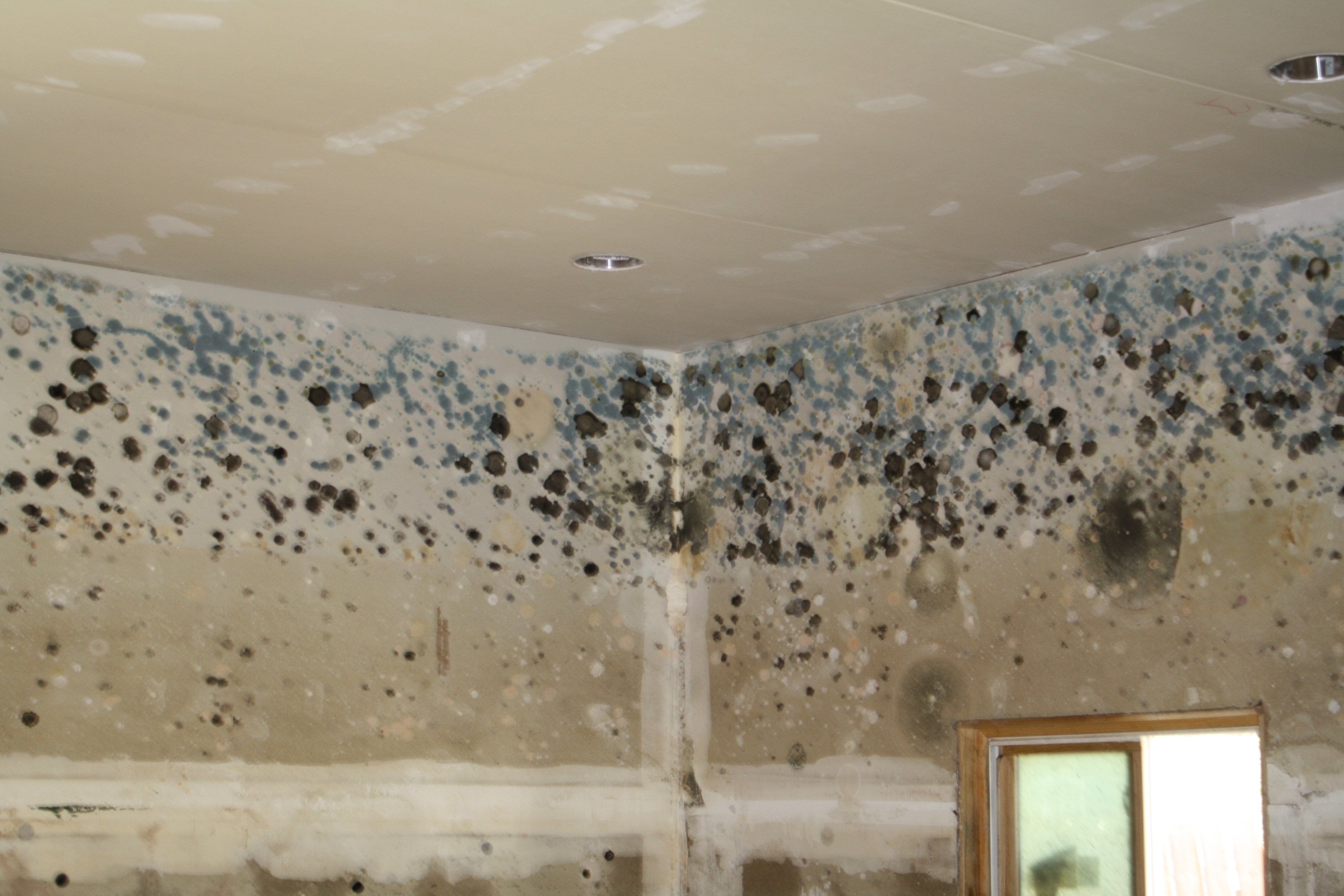How to Properly Remove Mold from Your Home
 Once you detect mold growth in your premises, you have to get rid of them in order to keep your home occupants healthy and ensure protection of the areas or materials where the molds have grown. Generally, mold removal is a simple process but sometimes can be complicated depending on where the molds have grown, the type of building or material they have invaded, and the level of contamination.
Once you detect mold growth in your premises, you have to get rid of them in order to keep your home occupants healthy and ensure protection of the areas or materials where the molds have grown. Generally, mold removal is a simple process but sometimes can be complicated depending on where the molds have grown, the type of building or material they have invaded, and the level of contamination.
Whether you are removing molds from your basement, attic, bathroom, or furniture, the most important thing is to ensure that the process is properly executed to prevent further mold spread and contamination of your premises.
Precautions
To properly remove mold from your home, there are certain precautions that you should take to ensure that you don’t expose yourself and your home occupants to more health problems:
- Before embarking on the mold removal process it is pertinent to identify and correct the cause of the mold growth, otherwise the problem will re-occur. Remember that mold growth and survival is pegged on three elements: water/moisture, food source and oxygen. The presence of mold growth is, therefore, an indication that there are water leaks nearby or your windows are letting moisture in.
- Disturbing the mold can result into the release of harmful spore in the air which can in turn worsen asthma and allergy symptoms as well as other types of illnesses. To contain the spread of mold spores during the removal process, enclose the area with plastic and wear dust mask and gloves. Endeavor to also turn your air conditioner off before you begin. When you are done, enclose the throwaway cloth, mask, gloves and any material that was used in the process in a plastic before you discard them.
- It’s always recommended to check the cleaned area the following day because fine particles can sometimes remain as mold dust which can be as harmful as the mold itself.
Killing or getting rid of Mold Growth
Local store aisles stock a wide range of cleaners and chemicals that you can use to kill molds. However, some of them contain harsh acids and chlorine which can release toxins into the air resulting to a plethora of health hazards, especially if they come into contact with human skin. Nonetheless, there are natural alternatives that you can use:
- Vinegar: the mild acid can kill over 80 percent of mold species
- Hydrogen peroxide: the anti-bacterial, anti-viral, and anti-fungal solution kills molds on a wide range of materials including bathrooms, kitchen appliances, walls, and floors
- Baking soda: the mild mineral powder not only kills molds but also absorb moisture which goes a long way in keeping molds way. It is also safe to your family and pets.
- Tea tree oil: this is a natural fungicide that quickly eliminates mold problems
The good thing about these non-toxic alternatives is the fact they are not only safe to your environment but they are also less expensive and can easily be found locally.
Types of Surfaces
To properly remove mold from your home, it is critical to understand how to get rid of mold growth on different surfaces:
- Walls/Non-Porous Surfaces: mold on hard, non-porous surfaces can be removed thorough cleaning and sanitization of the surface followed by rapid drying. According to the CleanUP Guys, mold removal on hard surfaces can also be done using a bleach solution.
- Furniture: mold growth on furniture can be eradicated with water and detergent followed by rapid drying. Soft furniture furnishings can be machine washed. Other household items such as mattresses that cannot be thrown into a washing machine can be replaced, if they are highly contaminated.
- Clothing: mold growth on clothing is considerably easy to deal with. A simple machine wash will remove all the molds and their spores. If you detect any kind of stain after the washing, you shouldn’t worry as that’s just a stain—mold cannot survive on a cloth that has been washed and dried.
Conclusion
Mold growth isn’t something to take lightly. The allergic reactions, respiratory issues, and unseemly sight are a few of the many reasons why you shouldn’t take any chances with molds growth in your home. Fortunately, when it comes to getting rid of mold growth, you probably already have the needed ingredients in your home.

















